The essential traits of a great climbing partner are not exactly the first things that come to mind when we discover climbing. Other things, such as enjoying the sport, take over and overshadow important aspects we should be paying attention to. Such as safety or kindness. Yet, recent events reminded me how important climbing standards are when it comes to who we hang out with at the crag or by the boulders.
Regardless of what we love doing most – bouldering, sport, or trad climbing, we’re all in the same boat. In today’s guide, we’ll explore what makes a climbing partner great and talk about essential behaviors in a climbing buddy.
What is trust in a climbing ‘belaytionship’?
A good partnership in climbing can make it or break it. Both literally and figuratively. This is why I believe it’s important to be aware of some things before you go out there climbing.
Ironic enough, in my case, being open to climbing with anyone who was available not only led me to meet super interesting people but it was also what led to new friendships. At the same time, those experiences played a significant role in helping me discover what I truly appreciated in a climbing partner.
As a result, trust, support, and safety became the main attributes for a healthy climbing partnership.
Five habits for a positive climbing experience
1. Regular safety checks in climbing
History tells us that accidents happen even to the best of us, and I have Lynn Hill in mind who, in 1989, while she was climbing in Buoux, France, forgot to finish tying her knot. This led to over 20 meters of ground fall.
Safety should always come first – everything else can wait. For instance, you might find yourself in the middle of a joke with your friend, only to realize you haven’t tied your knot yet. That’s why, before you start climbing, be sure to check both your gear and your partner’s.
For bouldering, once the climber begins bouldering, position yourself slightly behind them so that, if the climber falls, they won’t fall on you! Make sure you are not in the fall zone. Don’t shy away from actually touching (if needed) the climber when trying to direct their fall to the center of the pad.
When it comes to crash pads, try to observe how the climber is moving and move the pads so they can protect against an eventual fall.
2. Stay mindful of weight differences
Ideally, the climber and belayer should have approximately the same weight. But that’s rarely the case. As a result, belaying with a big weight difference can become a serious problem in case of a fall. But it doesn’t have to be!
To avoid this, use the OHM, a climbing device that allows climbers with a large weight difference to climb together.

However, large weight differences aren’t the only time when you have to stay mindful. Here is a video explaining the weight differences and what you should be doing when the belayer is substantially heavier than the climber.

3. Communication
Communication is key to any successful relationship, and climbing isn’t any different. In sport climbing, to avoid accidents and be safe, try using clear messages such as “You’re on belay” and “I’m safe”.
When going for a multi-pitch, consider the possibility of not being able to hear or see your partner. In this case, clear code between the two of you or a walkie-talkie can turn out to be very useful. And fun!
4. Reliability & Commitment
Being a great climbing partner also means showing up on time. Caring for others’ time is an act of respect, and it sends the message that you are a reliable person. That’s why, good climbing partners:
- Don’t bail at the last minute unless it’s truly unavoidable.
- Bring their gear, their energy, and a good supportive attitude.
- Share responsibilities – carrying pads, organizing gear, and driving to the crag.
5. Shared or similar goals and willingness to adapt at times
Sometimes climbers prefer a certain gym or type of rock. Or have different climbing projects. It’s normal. However, if this is a recurrent theme and there are big differences between you and your partner’s climbing capacity, one or the other might have to compromise.
What can make this climbing relationship work is the willingness to adapt to what the other has in mind. If that’s not possible, willingness to adapt might also mean considering changing the climbing partner.
After all, climbing is our happy place, which means that it shouldn’t be too much about compromising but more about enjoying.

The link between trust, a moral notion, and climbing
Unless they’re soloing, during climbing, a climber should ideally only focus on their movement on the wall. Here is where trust comes in. Here are the main aspects in climbing that can be a game changer for you and your climbing partner.
Did I tie in my knot well?
This thought shouldn’t pop up in your head while you are climbing. That’s why you should do the safety check every time before you start climbing. Double-checking with your partner will free your mind and give you the confidence you need to try hard.
Will they have my back if I top out this boulder and I fall?
- Spotting is a skill, not a formality. A good spotter is always present and engaged in the climber’s movement.
- The goal is not to catch the climber mid-air but to guide their fall toward the pads and prevent awkward landings or head/neck injuries.
- Active spotters reposition pads proactively while the climber is bouldering to keep safety coverage optimal.
Make sure your friends know how to spot and literally have your back. And if you are both beginners, here is one of the multiple videos you can watch that teaches you how to spot efficiently in bouldering. Learn how to spot here:

Will my friend give me a soft catch if I fall while doing this sketchy move?
In my case, I am lighter than most people think. Often, this can be a problem since I mostly climb with heavier climbers. That’s why whenever I have a new climbing partner, I first try falling a few times in order to get a sense of how soft of a catch they give, but also to help them understand the weight difference.
Aspects such as weight differences, techniques, and terrain can change the way someone falls, therefore, it is important to always stay aware and present while belaying.
See some bad belaying techniques here:

Hello – is there anyone out there?
If you’ve climbed long enough you must have experienced at least once your belayer talking to another friend who just arrived at the crag. All of a sudden, the rope doesn’t come as fast as it should, and ultimately, you start wondering if your belayer is even paying attention to you.
Make sure you communicate clearly that you don’t feel safe and that you want full attention while you’re climbing, so this doesn’t become recurrent behaviour.
No climber should experience insecurity related to being belayed by someone else. Let’s normalise the fact that while climbing is fun, it is also an activity where someone’s life could be endangered because someone wasn’t paying attention.
Trust for mutual growth and support
Sometimes, when you feel pumped, it’s your partner’s voice that will help you do one more move and exit that overhang or finally send that boulder problem.
Ultimately, trust fosters a growth environment where both climbers can push their limits and become the better version of themselves. So make sure you have a partner who shares the vibe and vouches for you!
How to use belay devices
Whether it’s an assisted-braking device like the Petzl GriGri, a Reverso, or the Pinch, a belayer’s competence with belaying is not negotiable.
- A great belayer should understand how their device works in all situations. They can also manage slack, adapt to the climber’s weight so they can catch falls smoothly, and lower the climber with control.
- Moreover, a good belayer stays alert and avoids distractions. Watching a climber from the corner of your eye while scrolling through your phone or talking to another person while your partner is struggling in the crux is a red flag, dangerous, and demands immediate communication.
- Good belayers stay observant and anticipate when the climber needs slack for clipping or when to take in rope in case they did not manage to clip and they take a fall instead.

Final note
The main reason I decided to write a guide about the essential traits of great climbing is a recent disturbing video I saw on social media.
Some of you might know the video the Saudi athlete Sara Qunaibet posted on her Instagram page about her accident. During a World Cup training camp while being belayed by her coach, she took a groundfall.

This event calls out to all of us and is a reminder that, regardless of how experienced you are, climbing is a sport that demands your full presence and attention.
Trust, communication, safety, and mutual support are not just nice-to-haves – they’re essential components of a good and healthy climbing experience.
Climb safe!
Products related to this article
Unparallel
Unparallel
Scarpa
Unparallel
Red Chili

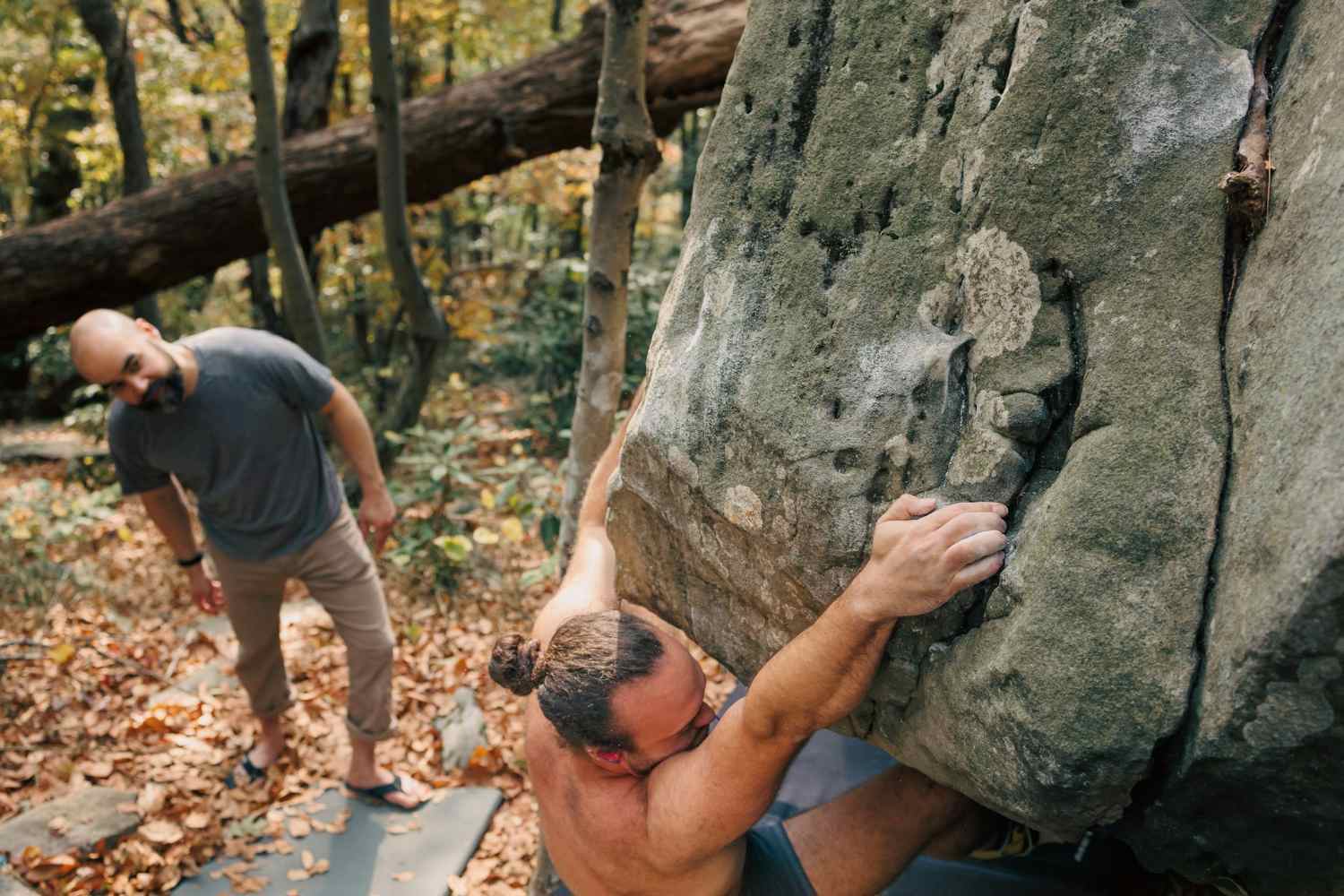

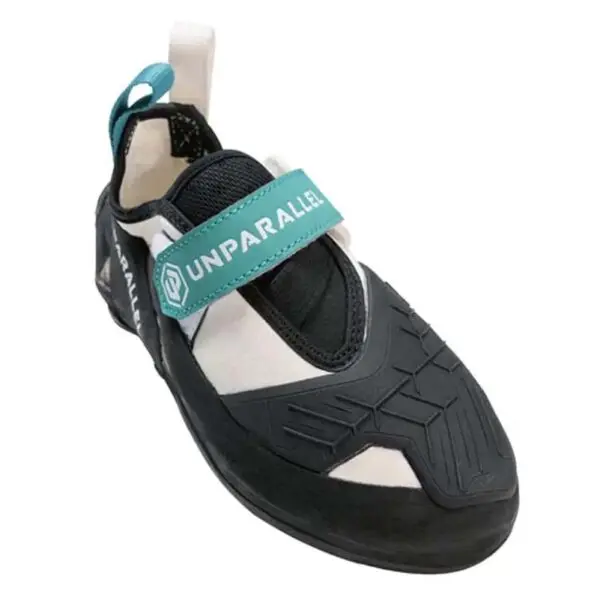
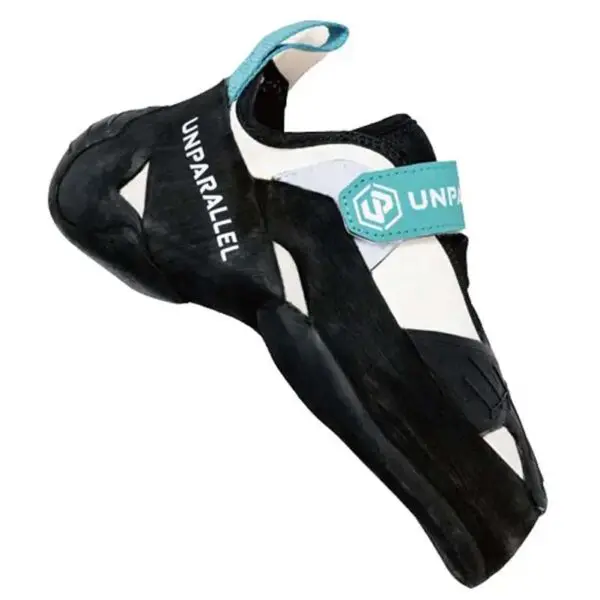
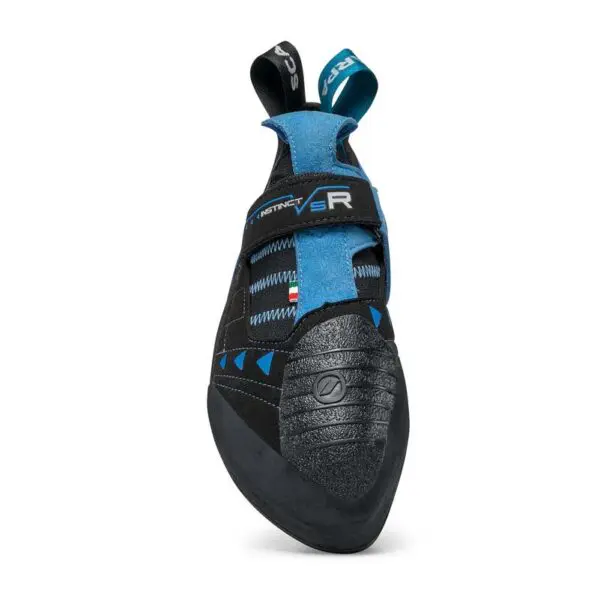
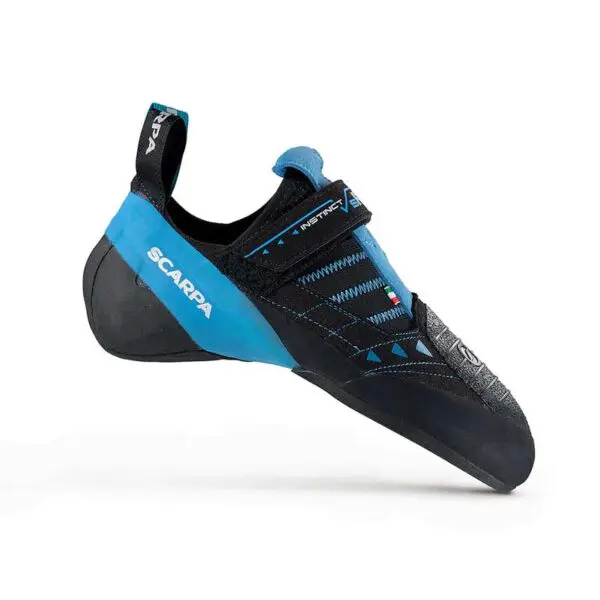
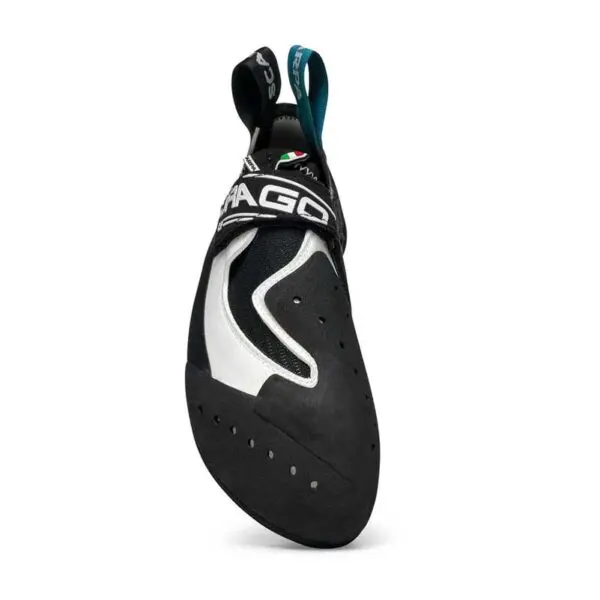
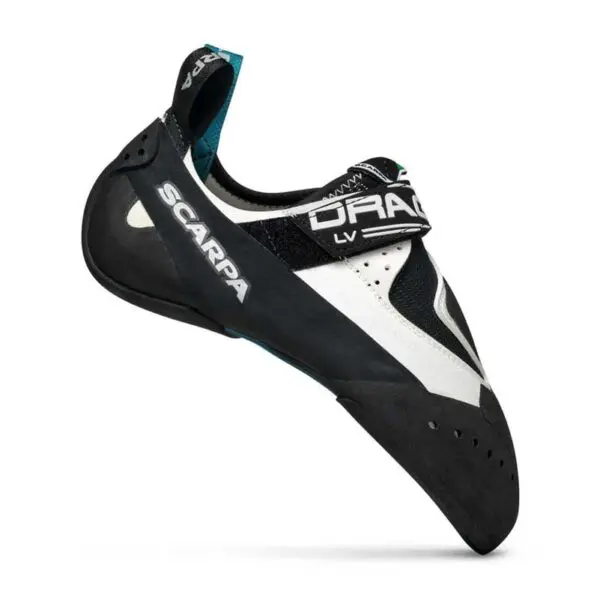
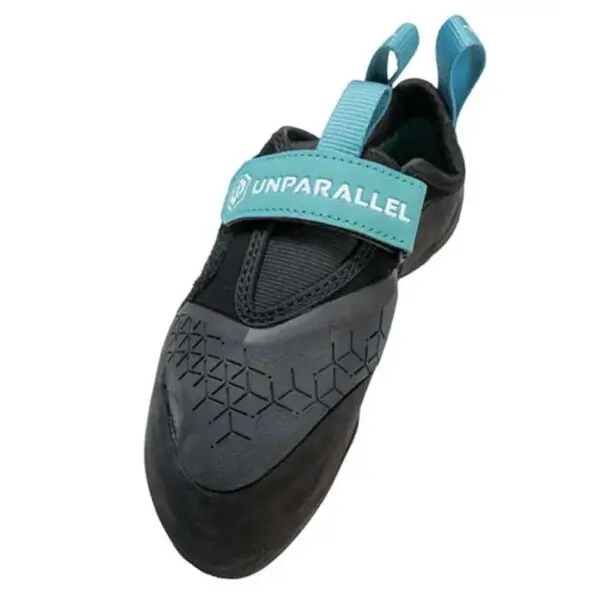
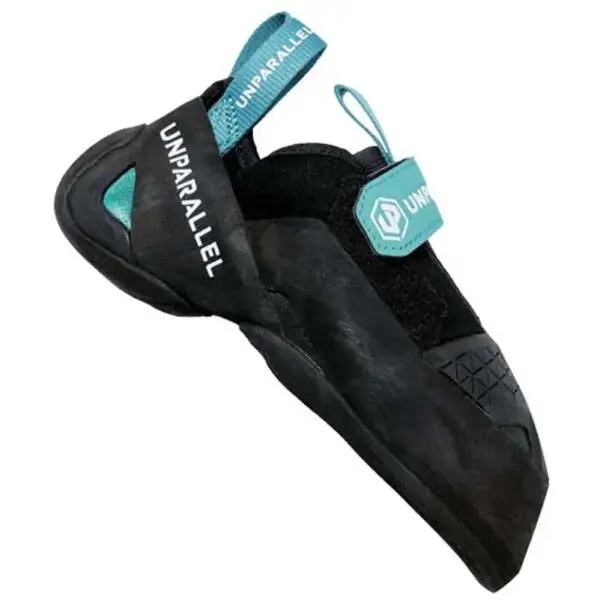
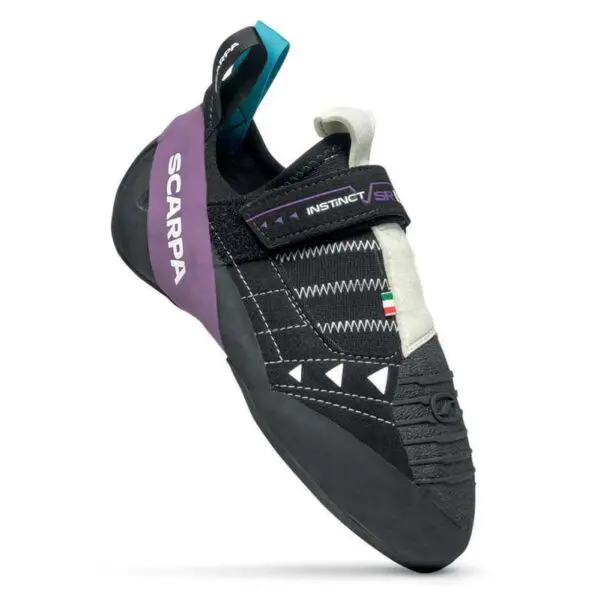

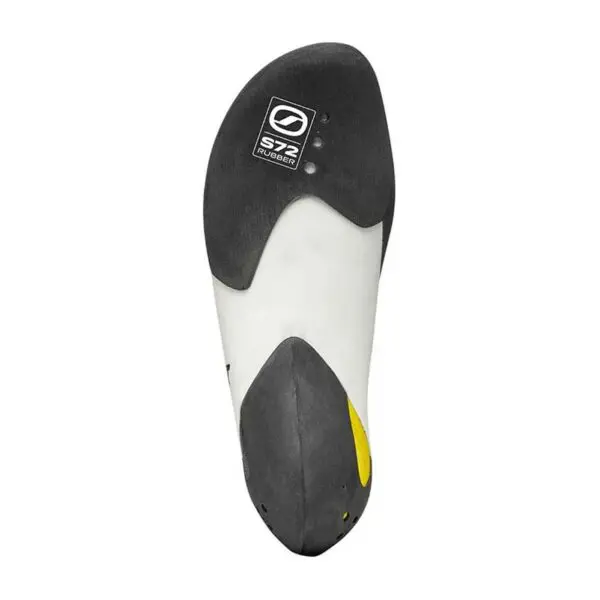
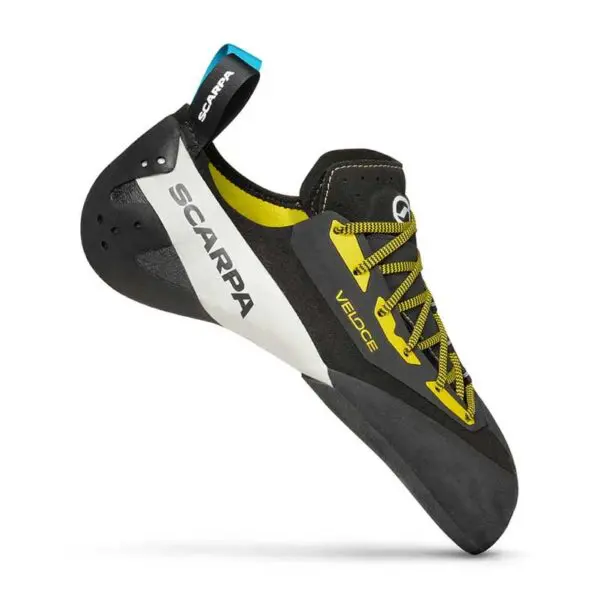
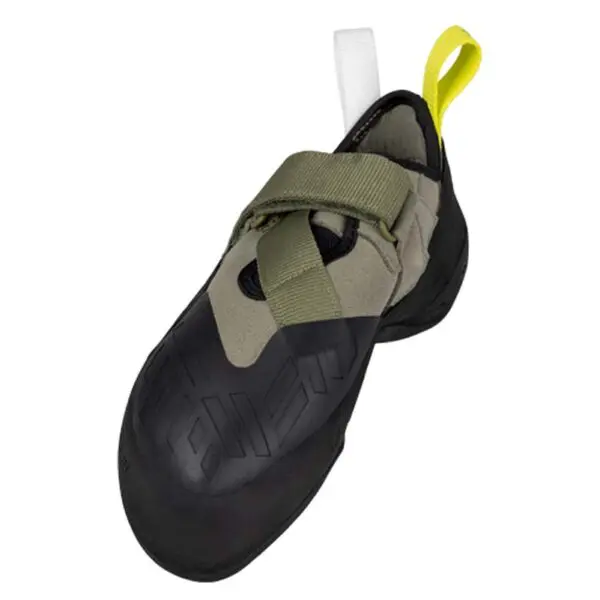



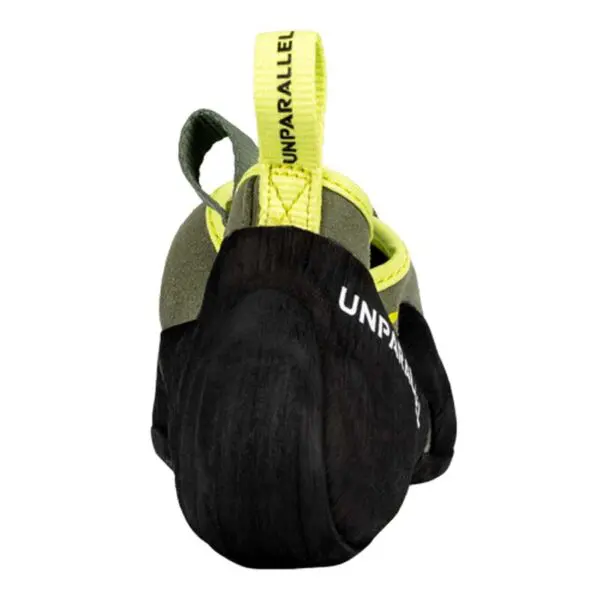
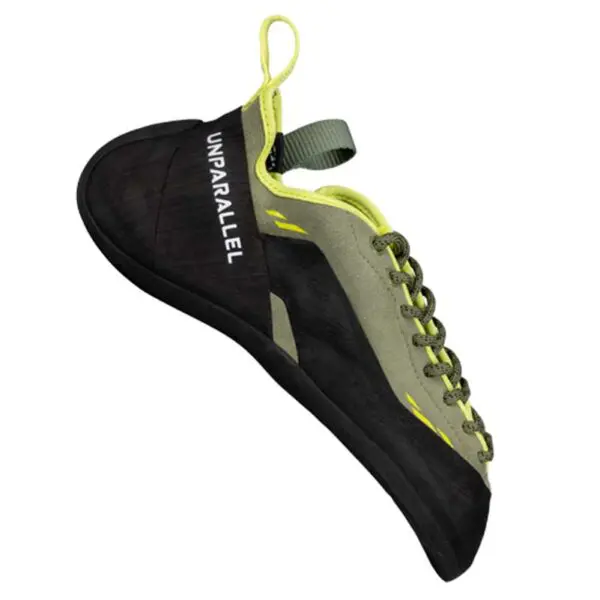
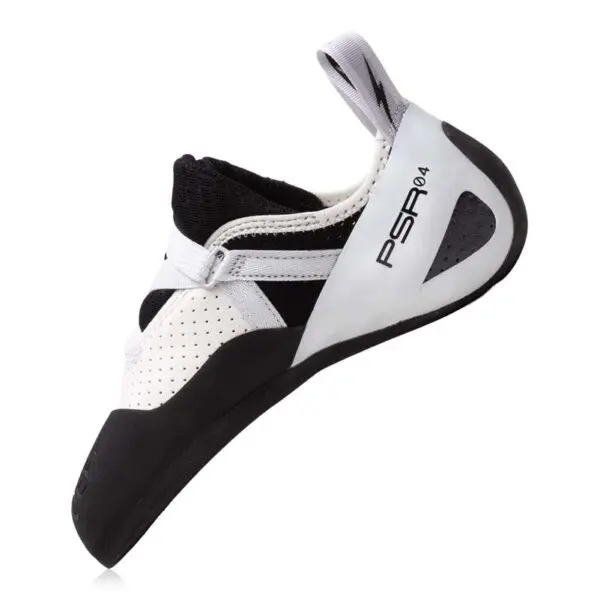
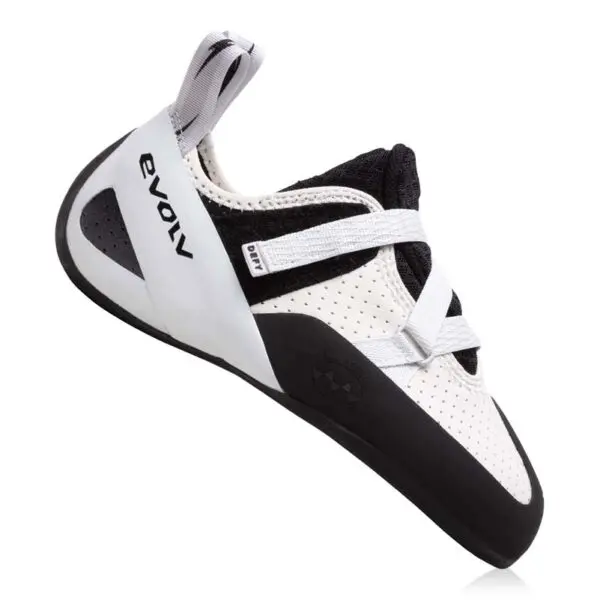
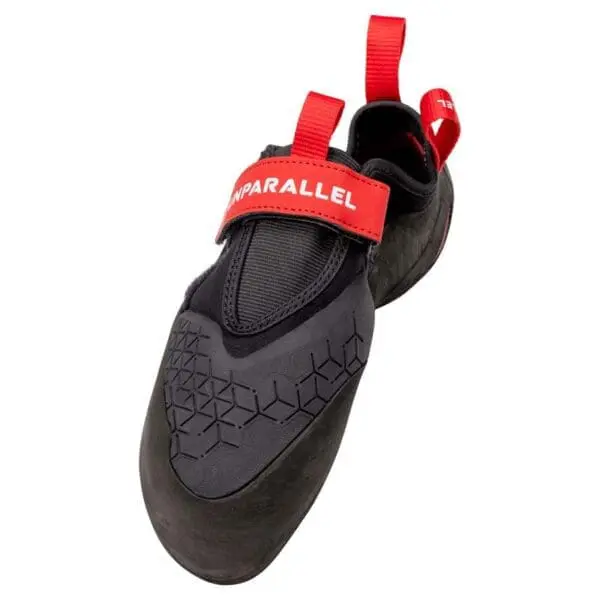
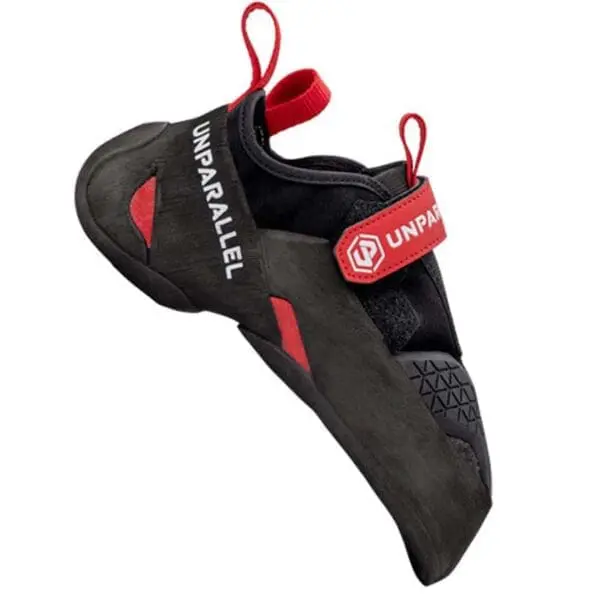
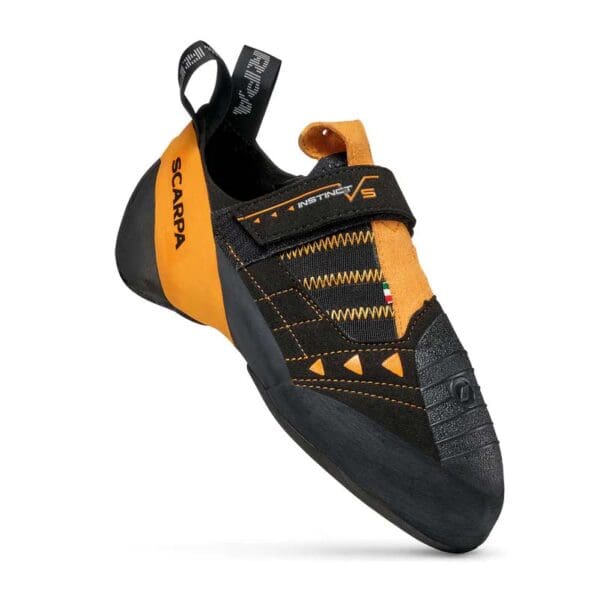

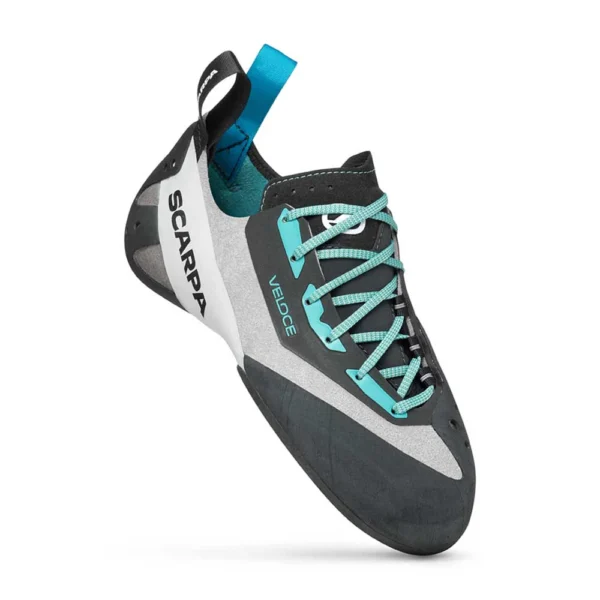
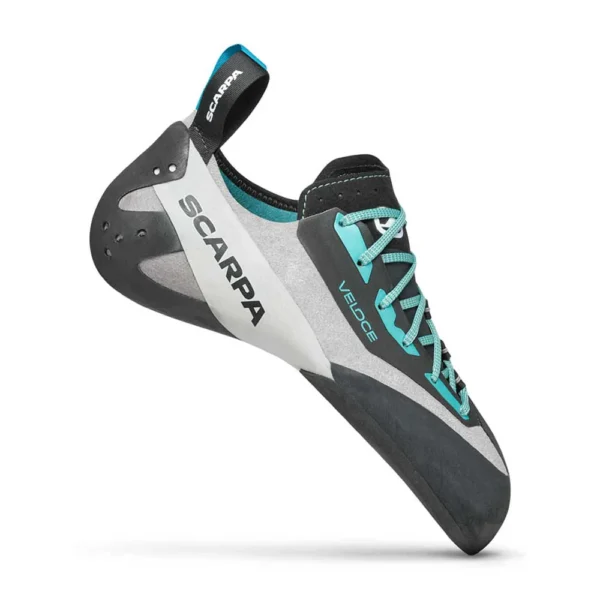
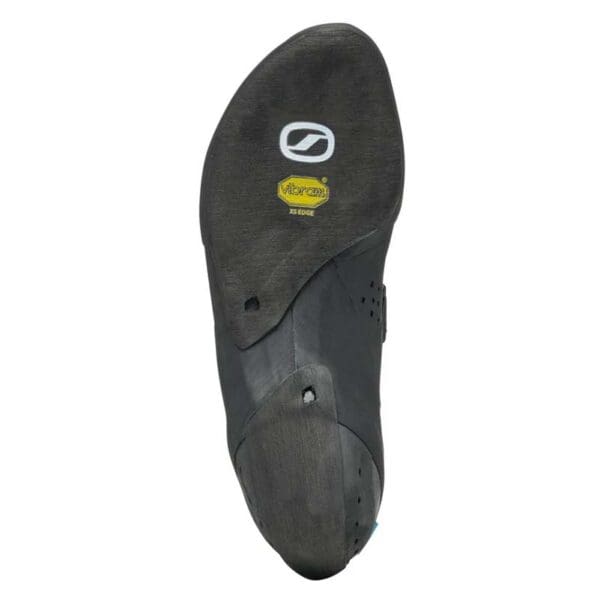
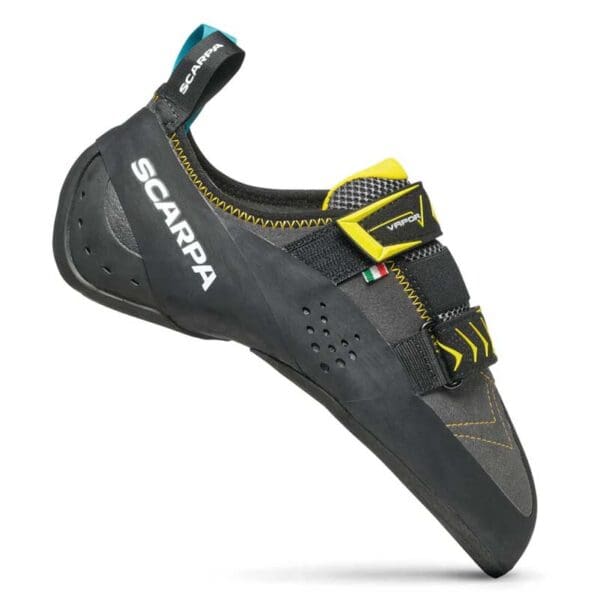

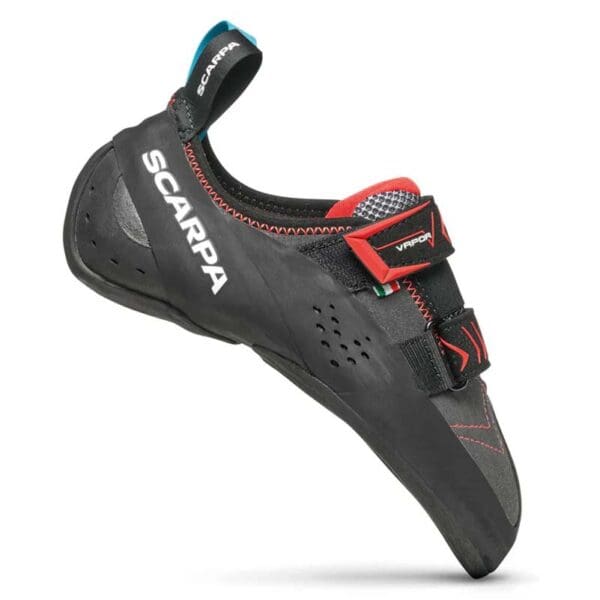








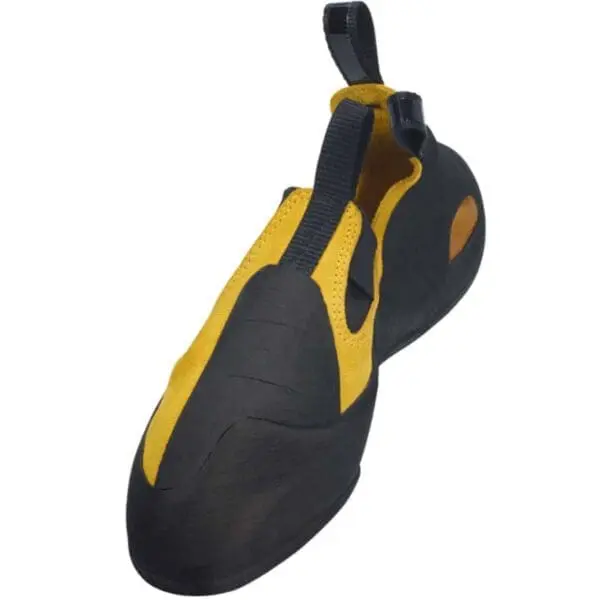




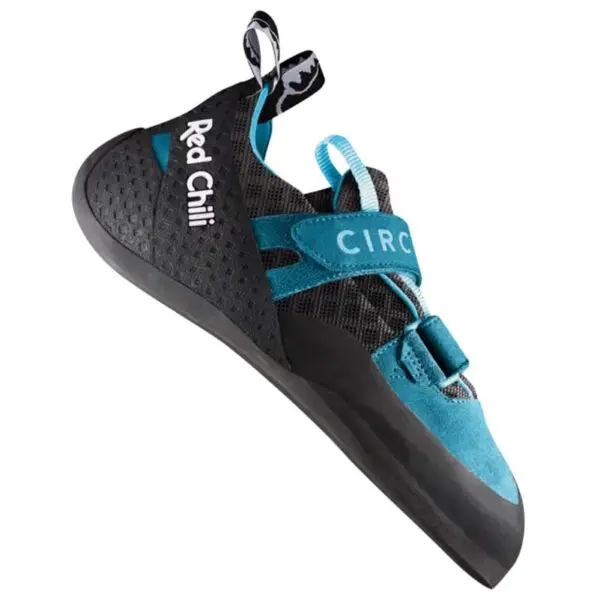







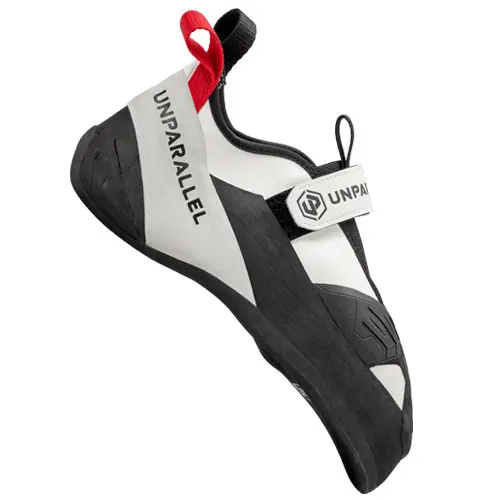








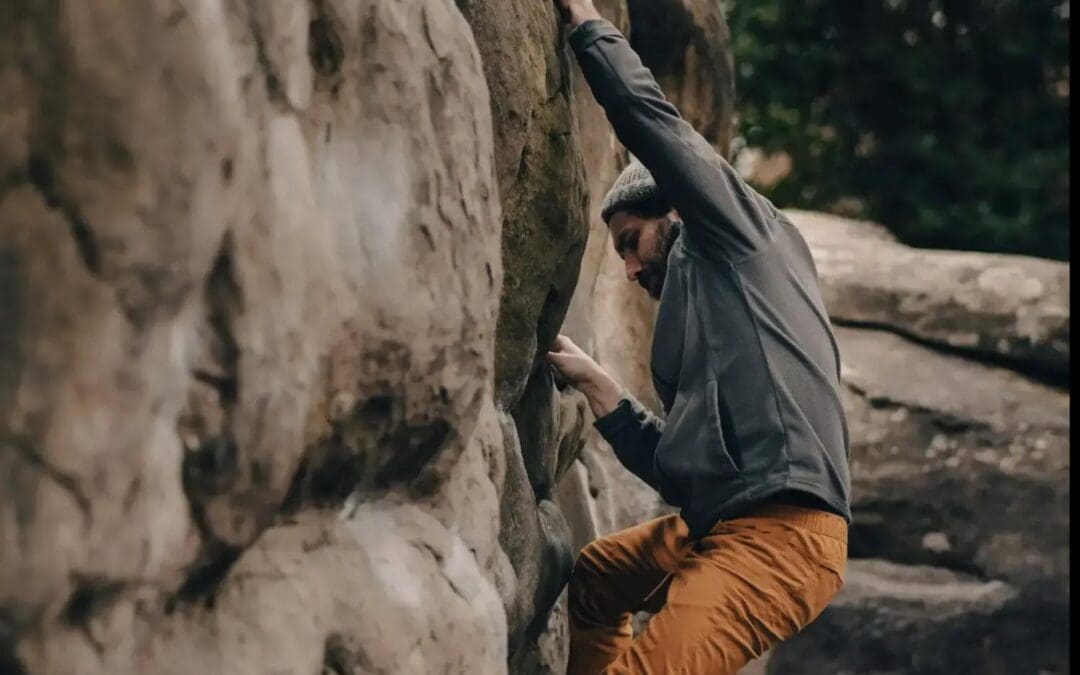
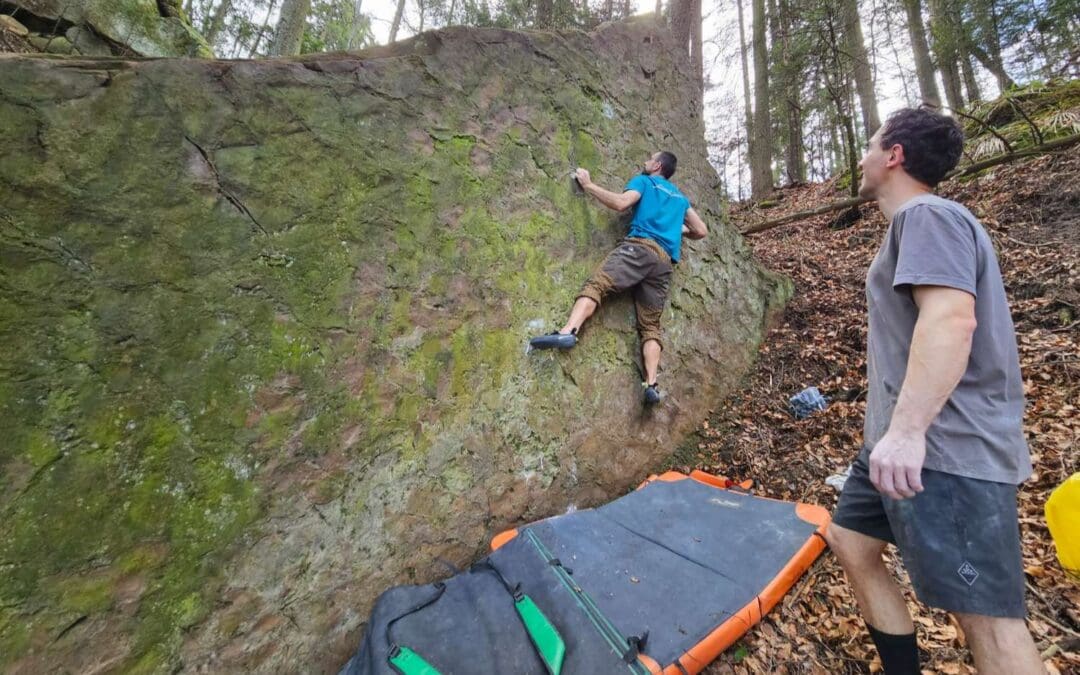
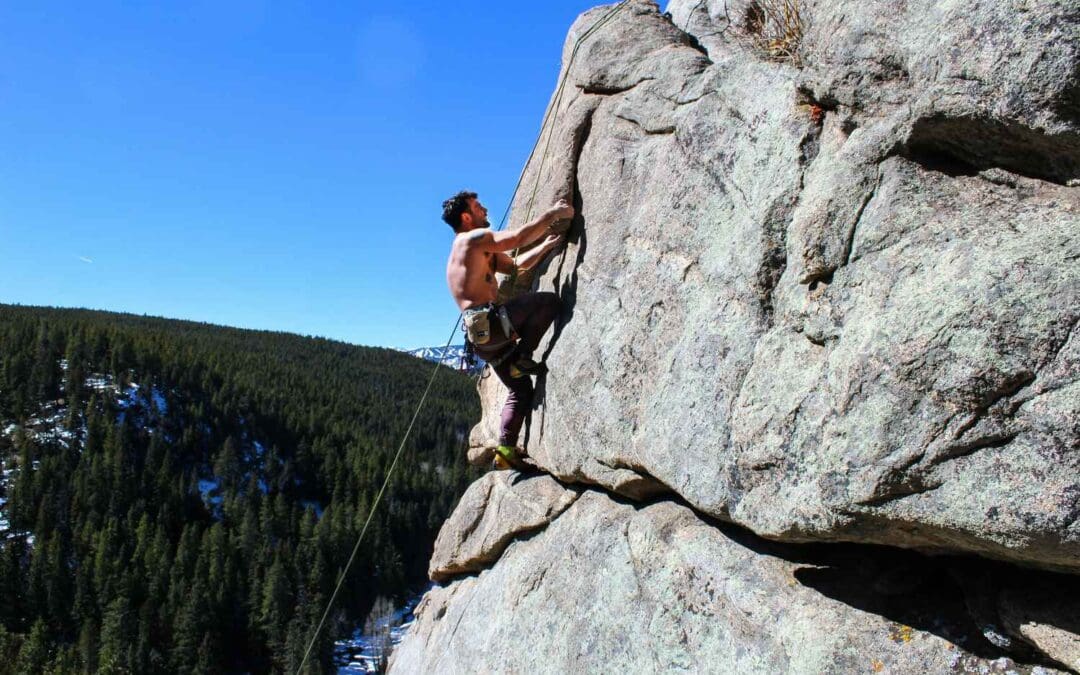
0 Comments